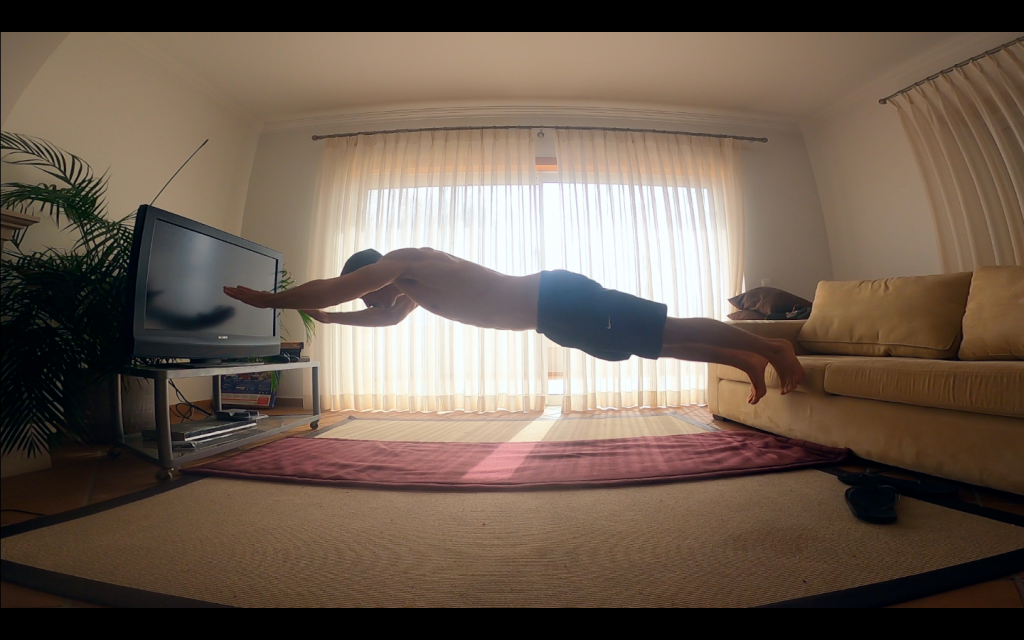Calisthenics, often referred to as bodyweight training, is a form of exercise that utilizes your own body weight for resistance. It’s a versatile and effective way to build strength, improve flexibility, and enhance overall fitness levels without the need for expensive equipment or gym memberships. In this comprehensive guide, we’ll delve into the fundamentals of calisthenics movements and provide step-by-step instructions on mastering key exercises.
Understanding Calisthenics:
Before we dive into specific exercises, let’s explore what calisthenics is all about. At its core, calisthenics focuses on using functional movements that mimic natural human movement patterns. These exercises engage multiple muscle groups simultaneously, promoting better coordination, balance, and core stability. A beginners guide can be found here.
Key Principles:
Progressive Overload:
Gradually increase the intensity or difficulty of your workouts over time by adjusting variables such as repetitions, sets, or exercise variations.
Proper Form:
Focus on maintaining proper form and technique for each exercise to maximize effectiveness and reduce the risk of injury.
Consistency:
Consistency is key to seeing results with calisthenics. Aim to incorporate bodyweight workouts into your routine several times a week for optimal benefits.
Essential Calisthenics Exercises:
Push-Ups:
Start in a plank position with your hands shoulder-width apart. Lower your body until your chest nearly touches the ground, then push back up to the starting position. Variations include diamond push-ups, wide-grip push-ups, and decline push-ups.
Pull-Ups:
Grip a sturdy overhead bar with your palms facing away from you. Pull yourself up until your chin is above the bar, then lower yourself back down with control. Beginners can use assistance bands or perform inverted rows as alternatives.
Squats:
Stand with your feet shoulder-width apart, then lower your body down by bending your knees and pushing your hips back. Keep your chest up and your weight on your heels. Variations include pistol squats, jump squats, and Bulgarian split squats.
Dips:
Position yourself between parallel bars or sturdy surfaces with your arms fully extended. Lower your body by bending your elbows until your shoulders are below your elbows, then push back up to the starting position.
Planks:
Lie facedown with your forearms on the ground and your elbows directly beneath your shoulders. Lift your body off the ground, forming a straight line from your head to your heels. Hold this position for as long as possible while maintaining tension in your core.
Progression Tips:
- Start with basic variations of each exercise and gradually increase the difficulty as you build strength and confidence.
- Incorporate variations, such as tempo changes, isometric holds, or plyometric movements, to keep your workouts challenging and engaging.
- Listen to your body and adjust your training volume and intensity as needed to avoid overtraining or burnout.
Recommended Resources
Conclusion
Calisthenics offers a rewarding and accessible approach to strength training that anyone can benefit from. By mastering fundamental movements and progressively challenging yourself, you can achieve remarkable results and unlock your body’s full potential. Incorporate these exercises into your fitness routine and experience the transformative power of calisthenics firsthand. Remember, consistency and dedication are the keys to success on your calisthenics journey.



